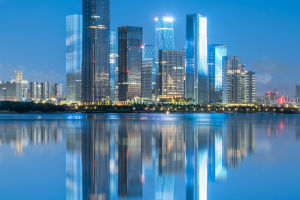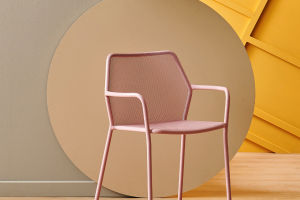Architecture is frequently praised for its enduring nature, exemplified by lasting masterpieces that serve as symbols of human creativity and artistic achievement.
However, there exists another dimension of architecture that challenges conventional notions of permanence and timelessness: temporary architecture.
While the most renowned architectural marvels are those that stand the test of time, temporary structures possess their own inherent beauty and value. Beyond their fleeting existence lies a profound impact on the environment, society, and the very definition of architecture as an art form.
Temporary architecture challenges the concept of lasting forever, yet its transient nature does not lessen its importance. Instead, it offers a unique perspective on the evolving relationship between architecture and art. As exemplified by the works of renowned artists like Christo and Jeanne-Claude, temporary structures challenge the traditional boundaries between architecture and sculpture. Their installations, often made from materials that do not last long, show that art and architecture can be dynamic and interactive experiences, not necessarily fixed and timeless objects.
Pavilions, especially, illustrate the transformative influence of temporary architecture. These structures are designed not to endure for centuries but to captivate and inspire in the moment. By embracing transience, pavilions transcend the constraints of traditional architectural norms, inviting us to explore the ephemeral beauty of their fleeting existence. They engage with natural systems and human actions, creating links between art, architecture, and the surrounding environment.
One of the most fascinating expressions of temporary architecture includes floating pavilions. These delicate structures, gracefully positioned on bodies of water, defy traditional forms and structures while radiating their unique charm. Each pavilion, with its unique design and purpose, interacts harmoniously with its aquatic environment, showcasing the ingenuity of contemporary architects and artists in creating works of transient beauty.
One such example is "Iceberg," an interactive dive platform crafted from wood, floating barrels, and thermochromic tiles. Designed for a summer camp in New Hampshire, "Iceberg" embodies the ethos of hands-on learning and creative exploration. Through its creative utilization of recycled materials and interactive features, it motivates visitors to interact with their environment, nurturing a stronger bond between architecture and nature.
Similarly, the reflective pavilion created by a team of architecture students from ETH Zurich for Manifesto 11 offers a captivating spectacle against the backdrop of a city center lake. Its shimmering surface invites contemplation and reflection, blurring the boundaries between art and architecture in a mesmerizing display of light and shadow.
Meanwhile, the ambitious installation by Christo and Jeanne-Claude, a 3-kilometer-long pathway adorned with yellow fabric, floats elegantly on Lake Iseo, its flowing shape mirroring the natural movement of the water. This monumental project, comprised of thousands of high-density polyethylene cubes, transforms the lake into a canvas of vibrant color and movement, inviting viewers to experience the fleeting beauty of its transient existence.
In the Maltese Sea, "Anti-Room II" emerges as a solitary island, accessible only by swimming or boat. Its wooden framework forms a tranquil sanctuary amid the vastness of water, providing a peaceful retreat for reflection and solitude. Finally, the inflatable theater of "AirDraft," perched upon a 19th-century barge in East London, transforms the urban landscape into a floating venue for music and performance. This yearly installation, crafted to captivate and stimulate, blurs the boundaries between history and contemporary times, tradition and modernity.


